President's Message - September 2016
2016 President Message: Judy Mendaglio
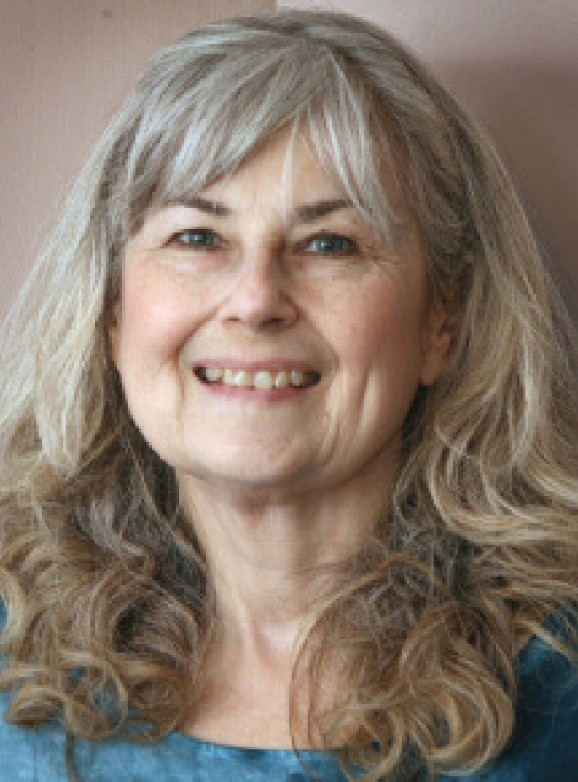
JUDY MENDAGLIO
judy.mendaglio@oame.on.ca
As I move into the role of President of OAME, I have to thank the volunteers that make up the Executive of the Board, for their hard work and dedication this past year. First, I want to thank Tim Sibbald, who will now assume the role of Past-President. If OAME is a tall ship, then Tim is the rudder, steering us in the right direction. Tim has worked very hard to establish and grow connections between OAME and other organizations and communities interested in mathematics education, in Ontario as well as beyond our borders. He has also explored ways in which OAME, as a provincial organization, can best meet the needs of its local chapters. He has provided support and leadership to the Board of Directors and the Executive members of the Board. Paul Alves, who spent this past year as our Past-President, will be leaving our Board. Paul has been our hull, providing structural integrity to our organization. He has always been a valued mentor to new members of the Board, and his support and leadership will be greatly missed. Some of you may know that Paul will have served on one or another Annual Conference organizing committees 4.5 of the past 5 years and is still involved in 2018. Bill Otto and Sandra Jean Price round off the Executive team by bringing with them different experiences and perspectives, and their contributions are invaluable. Sandra and Bill are our sails, catching the wind and keeping us moving. Finally, we have our ship's ballast in the team of Lynda and Fred Ferneyhough. Without their skills and expertise, we would surely tip over as we sail the often choppy waters to support mathematics education in Ontario. I also recognize that it is the energy and talent of the members of OAME that drives us forward. You are all true leaders.
As we begin a new year, OAME is saying goodbye to our editor of the past few years, Dan Jarvis. Dan had the honour of picking up the NCTM Publications Award for Outstanding Journal that was awarded to the OAME Gazette at the NCTM Annual Conference earlier this year. We wish Dan all the best as he takes on new challenges. As we say goodbye to Dan, we welcome Amy Lin as our new editor. Everyone at OAME is very proud of the excellence of our publications, the Gazette and the Abacus, and we would like to acknowledge the work done by our regular contributors, our guest authors, and our fine editors.
During this past year as President-Elect of OAME, I had the great fortune of being invited to represent OAME at several events. In February, I attended the three-day Ontario Education Research Symposium. One key message that was repeated through many of the presentations was the desirability of engaging the student as a researcher, solving meaningful problems. The other message that one could not miss was the increasing importance of collaboration and building networks - in our classrooms, schools, and educational communities. Also in February, Tim Sibbald and I attended a meeting of representatives of ministries of education and math subject associations from across Canada. The meeting was organized by NCTM, and there was a large contingent of representatives from that association as well. It was wonderful to get updated about what is happening in math education in other jurisdictions as we heard from other provincial representatives. In April, I attended the three-day NCTM conference, went to a great many sessions, and came away with a renewed sense that we, in the Ontario math education community, are doing the right things. In May, Tim Sibbald, Paul Alves, and I gave a presentation at the Learning and Teaching for Tomorrow: Building Collaboration and Capacity forum that was cohosted by the Ontario Ministry of Education and Faculties of Education. We spoke about the challenges facing us as a math subject association, and the conversation that was generated by our presentation was extremely rich. Also in May, I attended a session jointly sponsored by the Ontario Ministry of Education and the Ontario Teachers' Federation (OTF): the Subject/Division Association meeting, followed by the OTF's Curriculum Forum. As part of the two-day program, we saw clips from a wonderful documentary called The Messenger. I had dozens of lesson ideas while watching a preview of that film. Each opportunity to connect with other educators as a representative of OAME provides me with new insights about the very complex task of educating our children, but I also recognize that we are very well positioned at OAME to support teachers in providing the very best math instruction.
In my quiet moments, I enjoy reading. I love to read about mathematics. I always have a stack of books waiting to be read, and the majority of the books in my stack are math related. Right now, I am reading Ian Hacking's Why Is There Philosophy of Mathematics At All?. In it, he speaks about the problem with the idea of "application" in reference to mathematics. Application, he says, only goes in one direction, as, for example, applying math to the study of climate change. However, what we might really be talking about are connections between math and some other thing. Connections go in both directions. Sometimes, we learn more about a real-life structure by looking at it through a mathematical lens, but other times, we learn more about a math structure by looking at it from a real-life perspective. It feels to me that our students are exposed to many instances of applying the math that they have just learned to some "real-life" scenario, but not much time at all looking at instances where real life generated a new understanding of mathematical structures. Perhaps more of the latter would help students to understand the connections between mathematics and the world in which they live, and allow them to see the side of mathematics that serves our human thirst for understanding. Perhaps they will understand that mathematics does not live outside of the real world, but is part of the real world.
I am very excited about this coming year. By the time you read this, we will have run Grade 9 Applied Summer Institutes, at which our teacher colleagues will have shared their work over the past two years. School teams that were fortunate enough to be able to attend these Institutes will arrive back to school with new research-supported strategies for improving the math experiences of our Applied students. As a Board, we will continue to build stronger partnerships with our regional groups as well as with other math education organizations. I look forward to seeing what will appear in this year's issues of the Gazette and Abacus. I am ready to welcome new and unanticipated invitations for OAME's involvement.
Try to find time this year to engage in your local chapter events and connect with your math colleagues. Perhaps you are considering submitting a proposal for OAME 2017 in Kingston in May. Maybe you are already planning to spend the day with Jo Boaler at November's Leadership Conference. Whatever your plans, have a great year!
"Mathematics is a huge and highly interconnected
structure. As one reads mathematics, one need to
have an active mind, asking questions, forming
mental connections between the current topic and
other ideas from other contexts, so as to develop a
sense of the structure, not just familiarity with a
particular tour through the structure."
- William Thurston
Previous Message:
President's Message June 2016
Next Message:
Growth Mindset At Leadership 2016

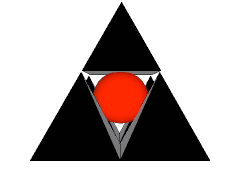







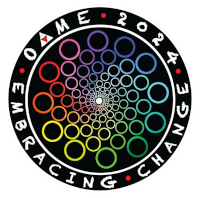
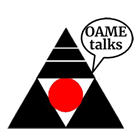
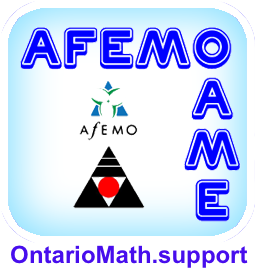
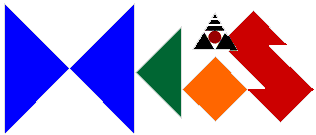



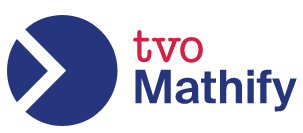

 Like us on FaceBook
Like us on FaceBook